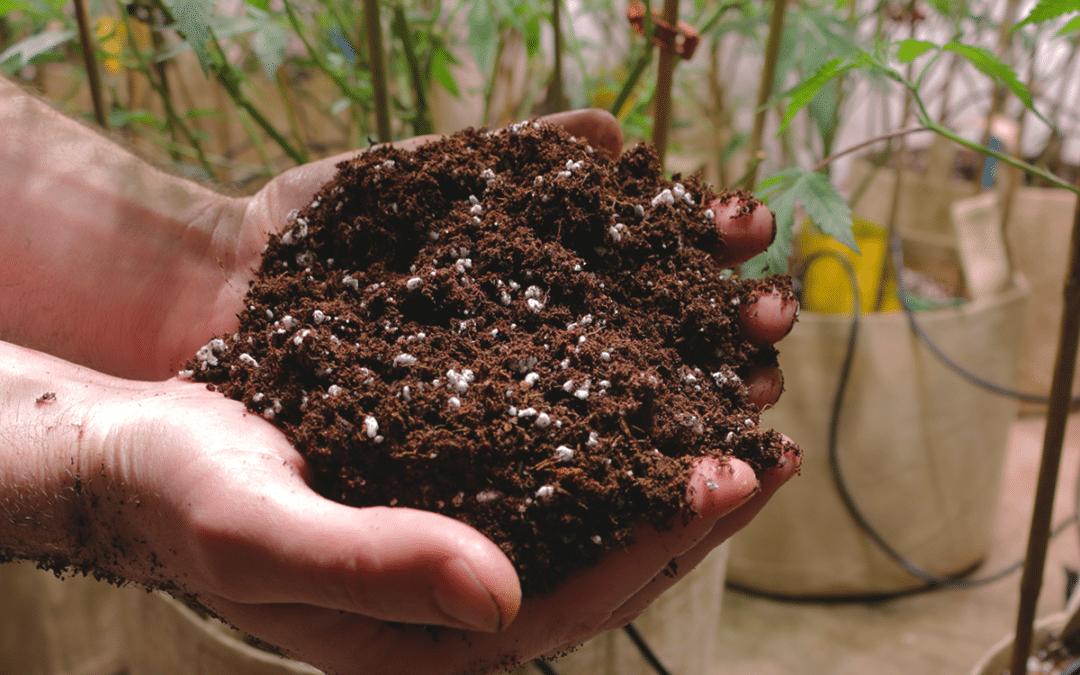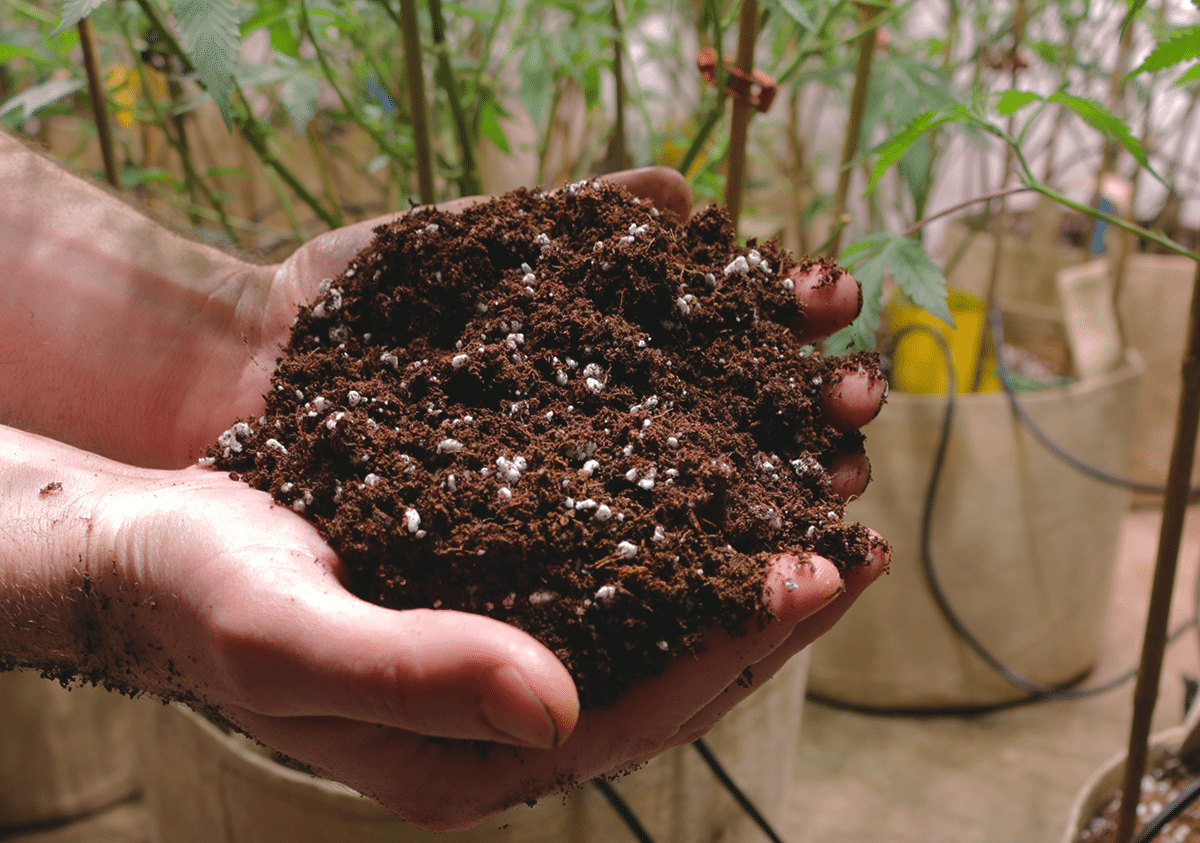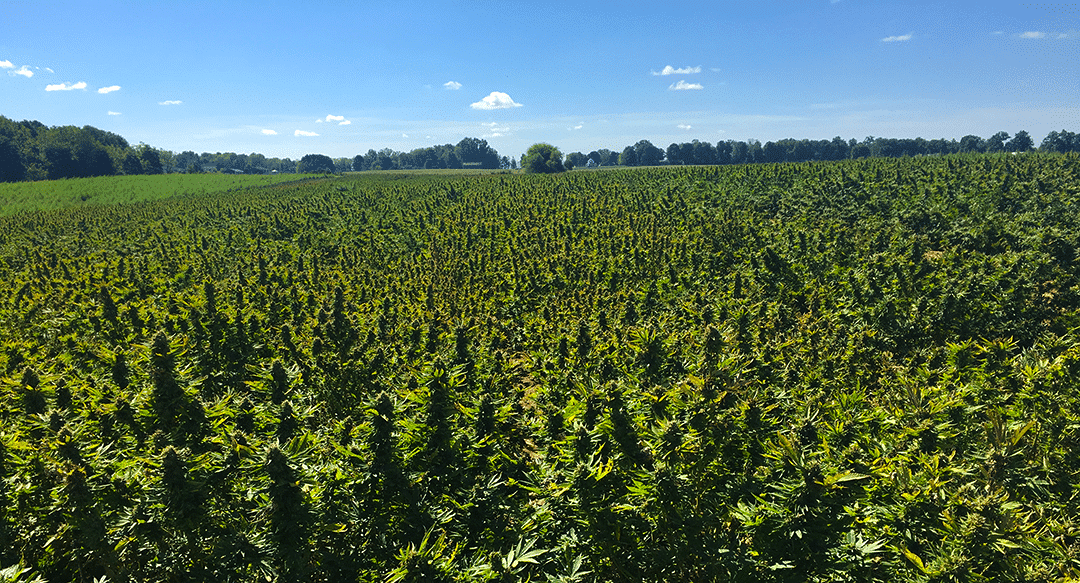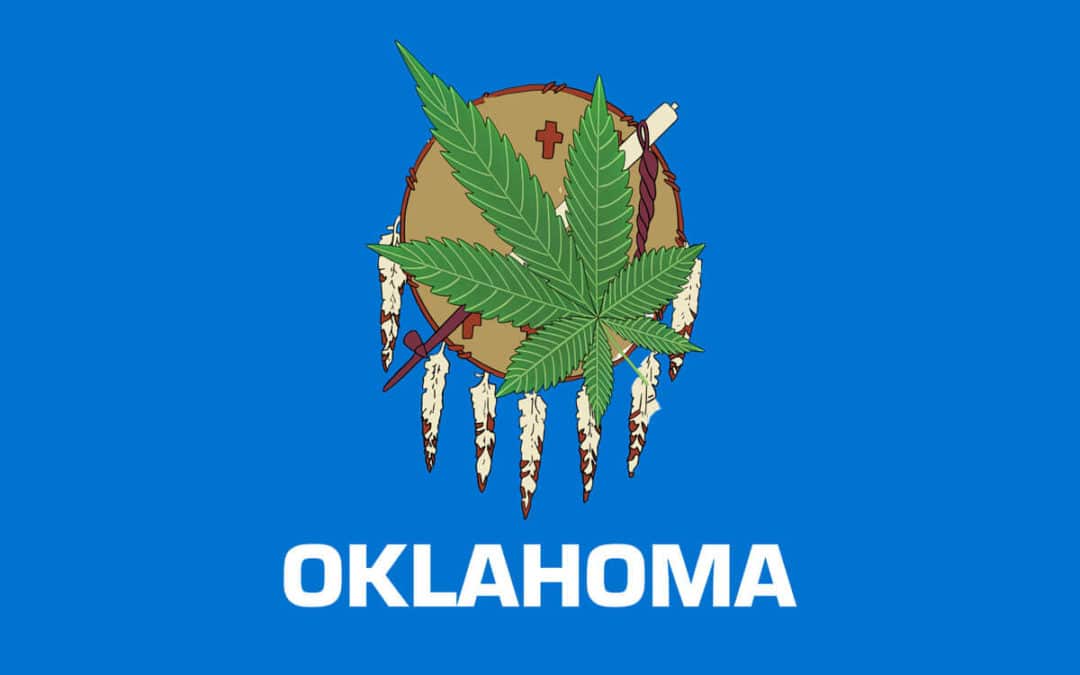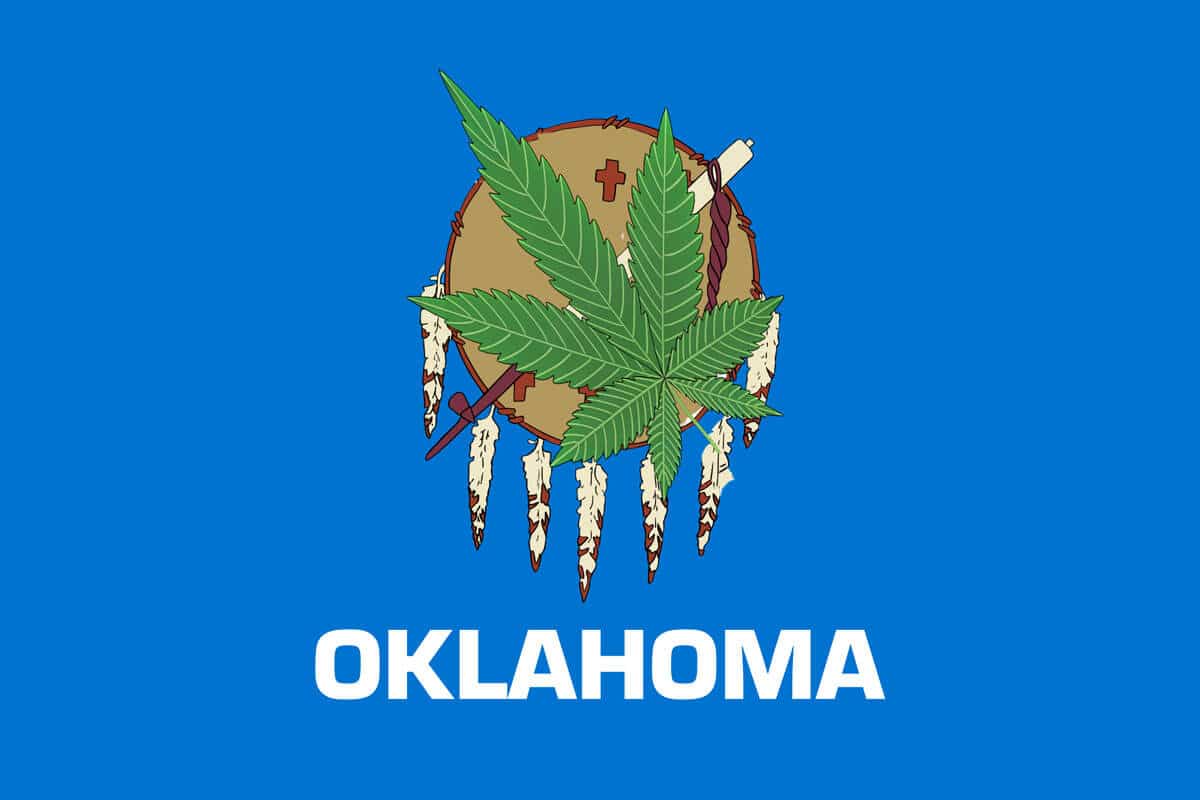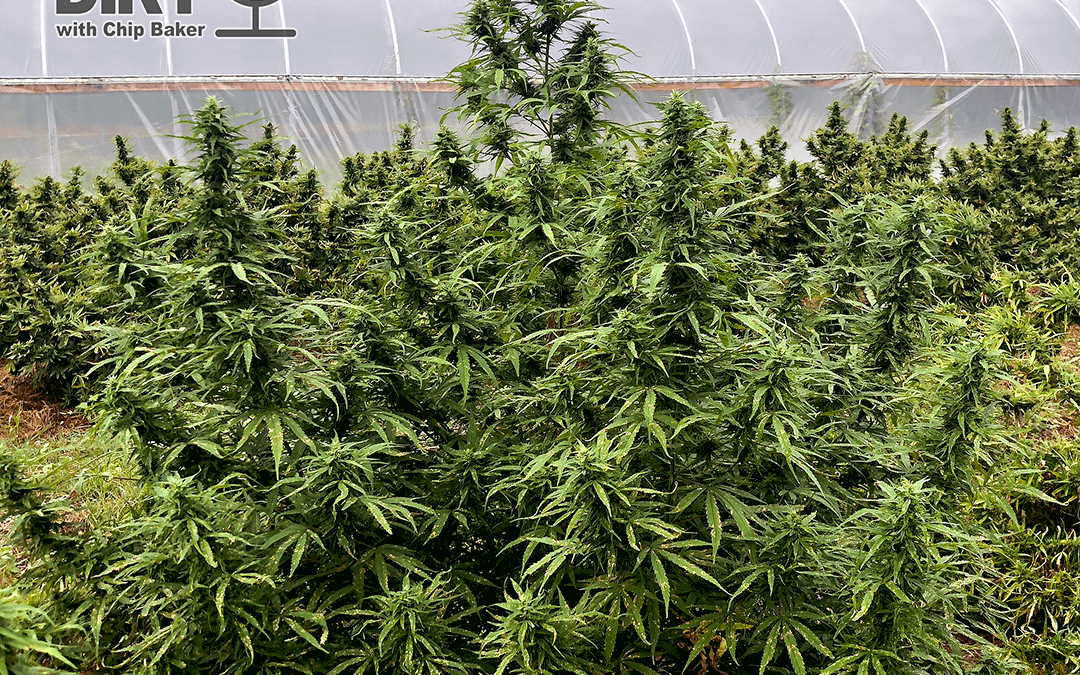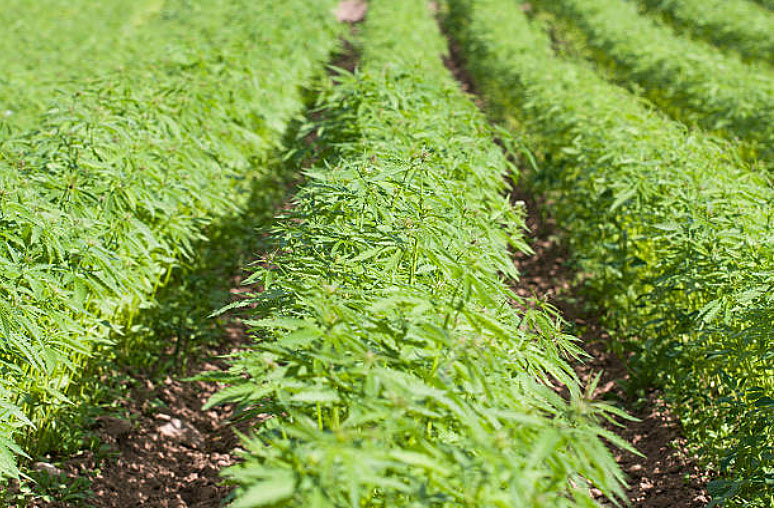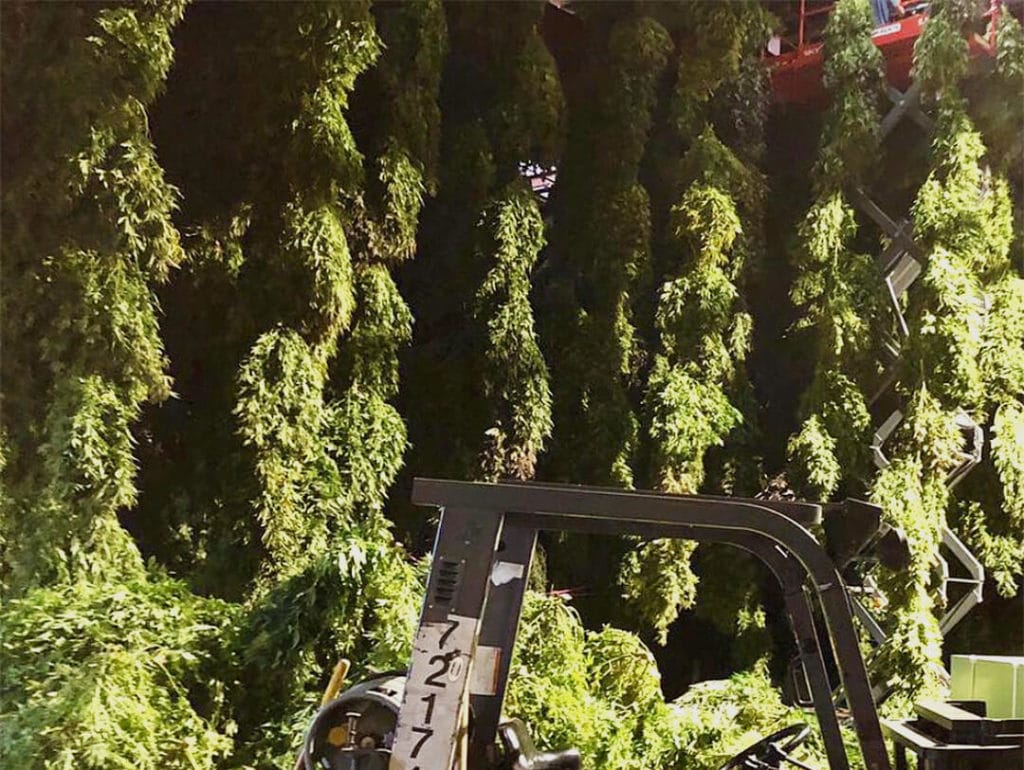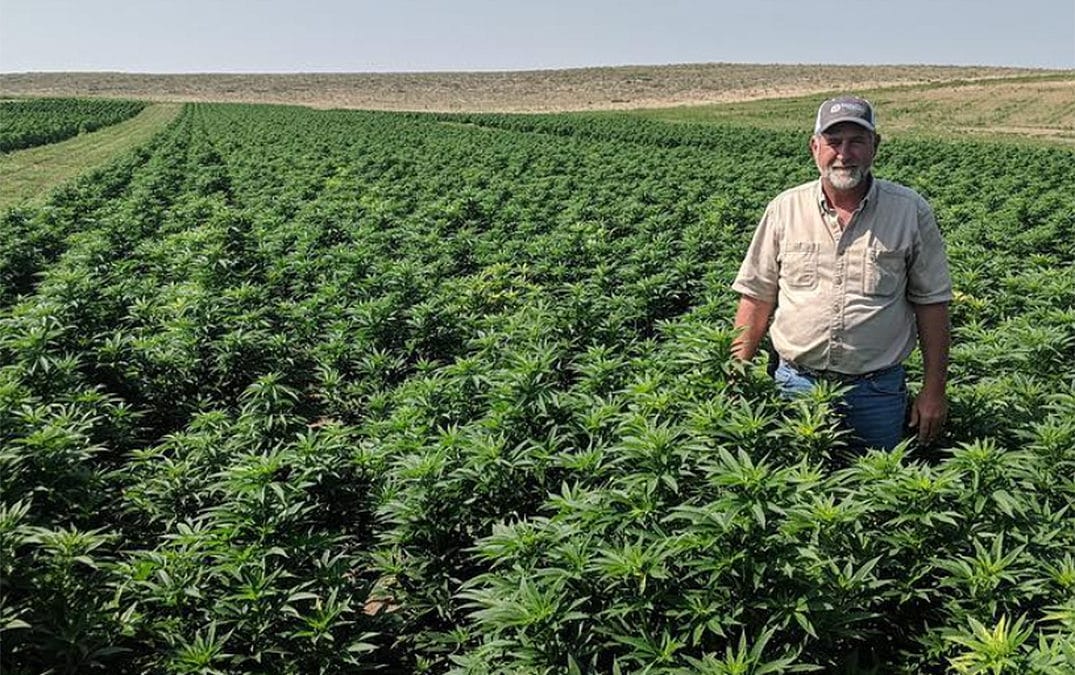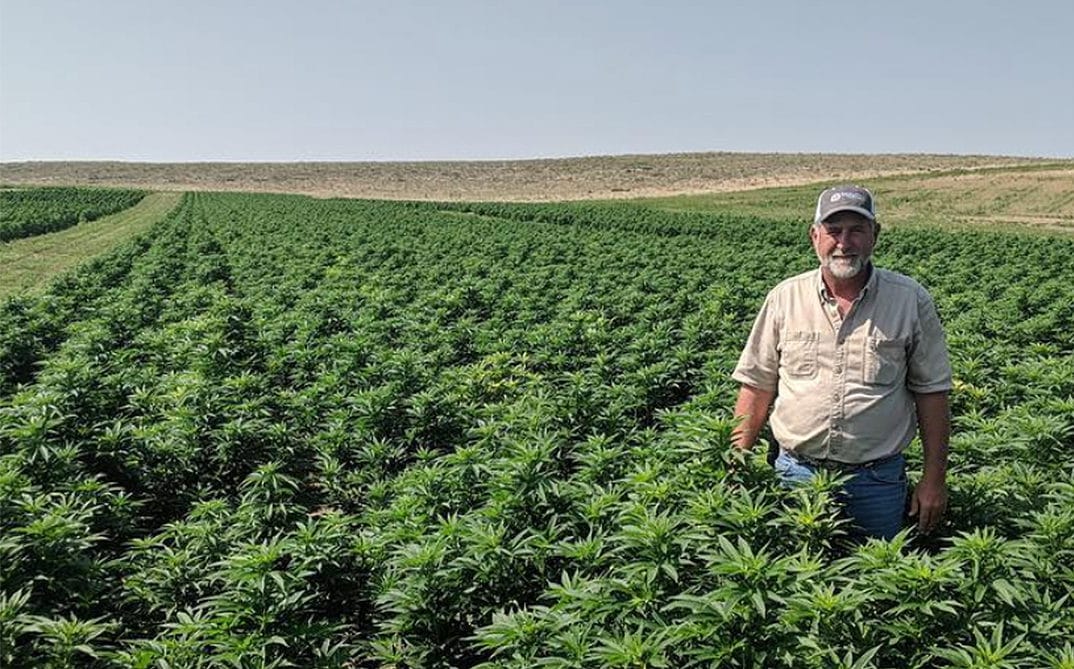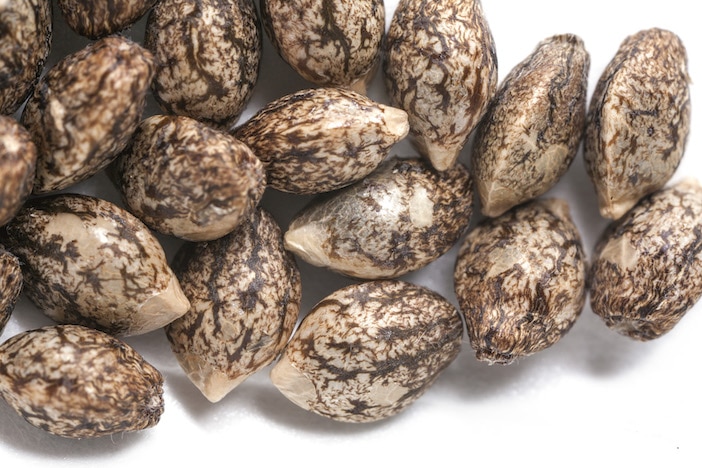
How to Pick Quality Hemp Genetics

With an exploding market and a high demand for hemp genetics, how can you tell if your genetics are high quality?
For the past 90 years, the only hemp that grew in the United States other than hemp grown in scientific studies for research purposes was feral. That is, it grew in the wild, mostly untouched by man. Now that industrial hemp has been legalized and a new market is quickly emerging, a lot of farmers are trying to transition from traditional row crops into mass-hemp production.
With very few means to process hemp fibers, husks and other materials that will be useful in the future, the main appeal for those entering the hemp industry is CBD. Cannabidiol (CBD) has become a craze in the US, with hundreds if not thousands of new CBD companies and products.
But where are all these people getting their hemp seeds from, and as a grower, how can you know if the seeds you get are quality?
Hemp Genetics Stability
Stable genetics are genetics that are uniform. This is essential for hemp farmers who are growing on a large scale. Having stable genetics give the grower confidence knowing that every seed they plant, will grow to look exactly the same, with same characteristics as the plant next to it.
On a large scale, this makes processing and managing your hemp much easier. Compare this to unstable genetics that would vary in size, structure, and potentially have other growth issues. Stable genetics makes the whole grow uniform, and therefore easier to manage.
You can tell the stability of your genetics relatively quickly, as you’ll notice differences in growth and structure as the plants vegetate. Stable genetics will grow to look the same, at the same time.
High-CBD Hemp Genetics
Like it or not, CBD is the name of the game in legal hemp right now. Until the market grows a desire for the countless other commodities created via hemp, CBD is the most accessible and sellable hemp product on the market currently. But when it comes to high-CBD hemp genetics, they are few and far between.
Cannabis has been genetically modified by humans for hundreds of years, with the most vigorous and highest yielding plants being crossed with each other to produce the high-THC strains we have today. Up until December 2018, hemp hasn’t had the same luxury. It has mainly grown feral around the world, with a main focus on extracting its materials in Europe.
But now that hemp is legal in the States, and everybody is looking for high-CBD hemp, cannabis breeders are making the transition to hemp. By taking traditionally low-THC cannabis strains, and breeding them over time with high-CBD feral hemp strains, the THC can be bred out, and the CBD bred up.
The end result is hemp that looks, smells and even tastes like cannabis, with .3% THC or less, and CBD content surpassing 12-15%. It’s important to do your due diligence in researching your hemp seed supplier to ensure they have quality, high-CBD genetics, and not some mid-grade hemp seed they pulled off some males growing the back yard.
You Won’t Know Til You Grow
The reality is you can buy the most expensive hemp seeds from one of the most renowned breeders and still not get quality results. Sellers with a reputation won’t always have the best stock available, and the only way to truly know whether or not you have quality genetics is to grow it through flower and test it.
Even if your genetics aren’t the most stable, and you have varying sizes and structures in your plants, they can still produce high-CBD hemp flower that can be processed. But the only way to test your CBD content is to wait until your plants are roughly 35 days into their flower cycle. This is when you can begin to test for CBD content effectively.
It is important to trust your hemp seed supplier, but even if they are a pro, they can still produce seeds that won’t perform as well as others. Just like cannabis, growing quality hemp is a process of testing, trial and error. Until you’ve been through a couple hemp harvests, you probably won’t truly know what to look for in your genetics.
That’s why it is important to study up with articles like this and others that help guide you through the growing process, and how to judge your own hemp genetics for quality.

